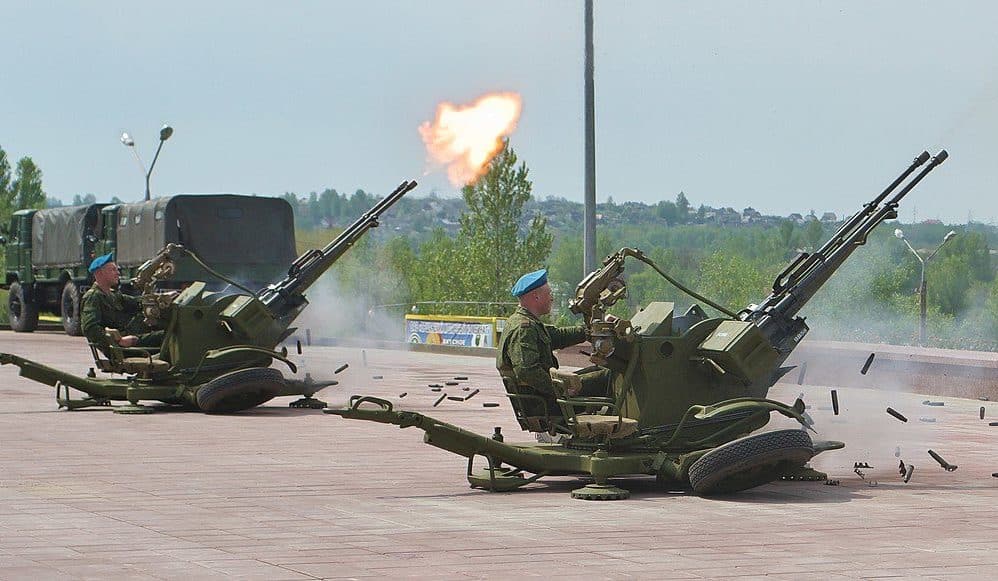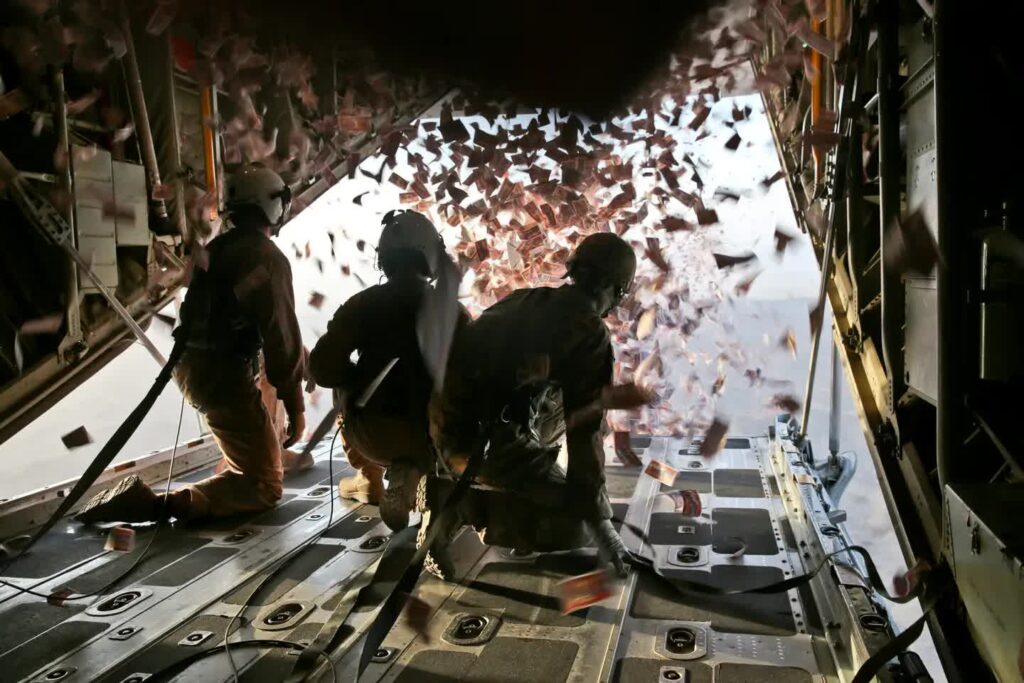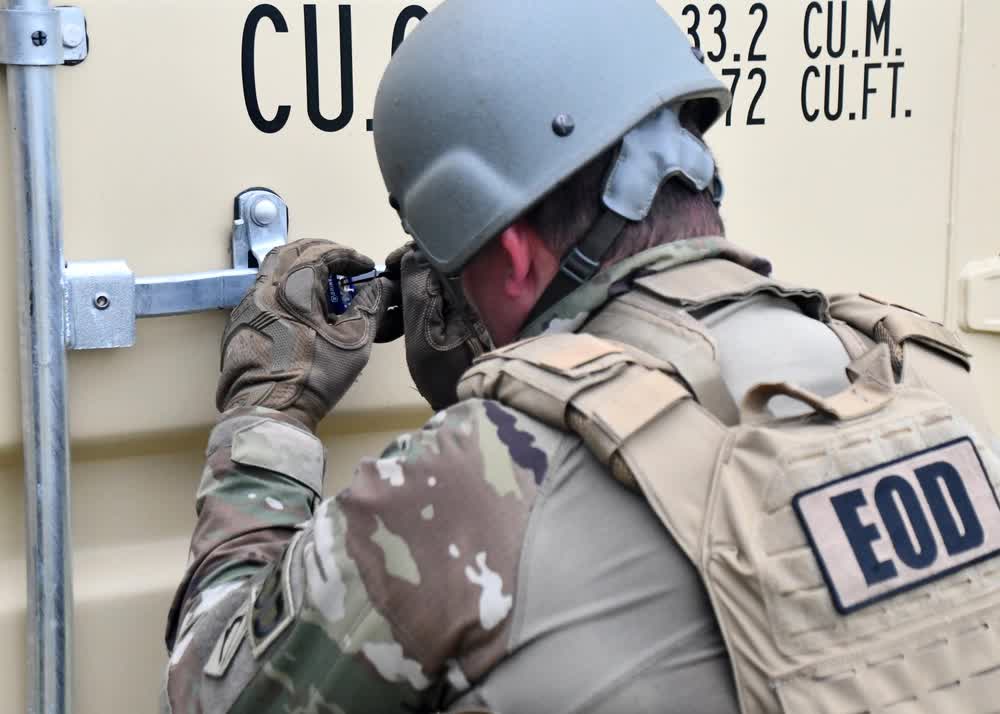One of the perks of having a career in Special Operations units was the chance to be trained on and to fire all manner of foreign, rare, and sometimes very old weapons.
Special Forces weapons sergeants are trained in a multitude of U.S. and foreign weapons and know how to effectively put them to use.
There is no shortage of weapons that you will come across in many Third World countries. It’s amazing that some of these are still in use; and to be honest, many of them shouldn’t be.
Once in South America, we came across an ancient Thompson submachine gun that looked straight out of Al Capone’s Chicago. The old M1928 Thompson with the vertical foregrip, the Cutts compensator, and the noisy 100-round drum magazine (the thing rattled loudly), no wonder the GIs of World War II hated it and opted for the 30-round stick mags instead.
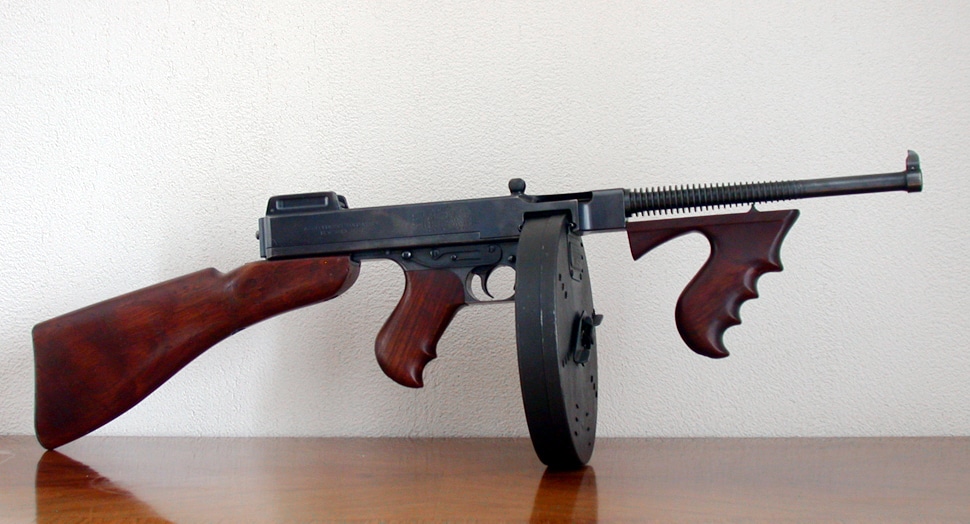
But the Chicago piano was probably last cleaned by Capone’s cronies when we came across it. It was rusted and in crappy shape. However, some Break Free and WD-40 will cure most anything and after a fair bit of work, we all took great delight in cutting that bad boy loose. In close quarters or in clearing buildings, it is still a pretty fearsome weapon. The only thing missing was the violin case.
Related: How are automatic weapons actually used in combat?

The Panamanian military under Manuel Noriega had a lot of mini-grenades made by Argentina. If memory serves me well, they were stamped with FMK2. Slightly smaller than a normal frag grenade, you could toss those suckers quite a distance. They even came with a different fuse that could be used to fire them from a rifle.
After “Just Because,” [a common slang term for Operation Just Cause] we disarmed their military and took away nearly all of their cool weaponry, including the Argentinian frags. In their place, we gave them rusty-ass .38s that some bean counter found in a warehouse in the U.S. (as part of the SF guys transitioning them from military to National Police). But that’s a story for another time
Those frags were popular with the SF (Special Forces) guys and used for another purpose — they used them to “catch” some fish off the coast after Noriega was sent packing to Miami. We’d call it fishing with “Dupont lures.”
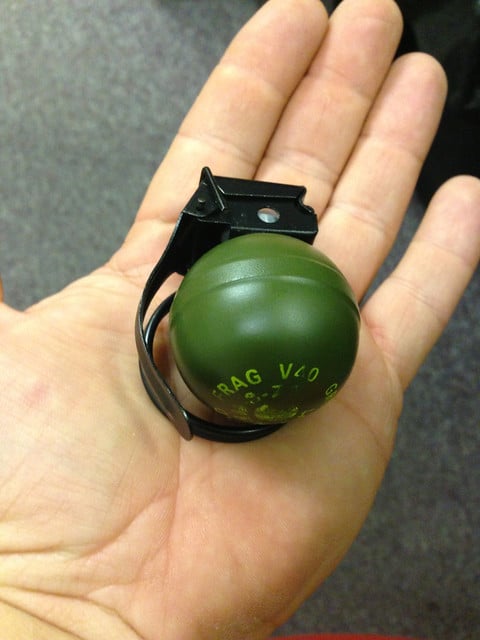
Related: Fire from within: America’s Insurgency Weapon concept
Another weapon that was a blast to shoot was one that is still being used today by the German military. Back in World War II, the German MG-42 was feared by American GIs, who called it “Hitler’s bone saw” because of its incredible rate of fire. The MG-42 had a cyclic rate of about 1550 rounds a minute, easily twice that of the Brownings that U.S. troops carried. The current M240B machine gun in use today, however, only has a cyclic rate of fire of about 600 rounds per minute.

Originally chambered in 7.92 x 57mm Mauser ammunition, the obvious drawback of the weapon was that, because of the rate of fire, it overheated quickly and needed frequent barrel changes. Now, rechambered for 7.62 mm NATO, the West Germans still use a modified version of the weapon today.
When we came across one of the originals in the WWII caliber with boxes of ancient ammo, it still fired, and after putting some serious lead downrange (and setting the range grass on fire, yes it was dry season), we could fully appreciate why GIs feared it.
The biggest weapon I ever personally fired with the M40 106mm recoilless rifle. Our partner nation Honduras had an anti-tank company in the 6th Infantry Battalion up in the mountains near the border with Nicaragua. They would frequently get alerted up on the border because the Sandinista army units would threaten it with their armored vehicles.
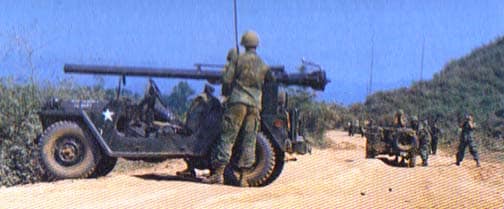
Related: The strangest covert weapons American spies carried in WWII
I have already written about one such deployment in an unintentionally comical piece. Prior to us being deployed there, our entire SF A-Team got some great training from the SWC Weapons committee on the 106 and then we took a few of them out to get some rounds downrange. The 106 will penetrate 12 inches of cold-rolled steel at about 300 meters.
So despite the guys from Range Control, telling us NOT to fire at an old bulldozer that was sitting there invitingly yellow with the blade dug into the ground — “Danger close,” they said — but we couldn’t resist.
One of us, I will not divulge the name of the guilty party (on the grounds that it may incriminate me…er, him) put a 106 HEAT round right through that blade. It cut straight through it like a hot knife through butter.
But I think the most fun weapon I ever got to fire was the Russian-made ZU-23-2.
Originally designed as an anti-aircraft weapon, the ZU-32-2 was a towed 23mm dual weapon. It can be pretty easily transported via a small trailer that can be quickly transformed into a stationary mount. It was used to great effect by NVA and Viet Cong troops during the Vietnam war. Eventually, it was replaced by the ZSU-23-4, which is a tracked, light-skinned vehicle.
We were supposed to be firing both, however, the ZSU broke down with an electrical short so we just fired the ZU with the autocannons. It is simple and easy to operate and packs a tremendous punch. It is devastating to troops, buildings, and light-skinned vehicles all the same — it doesn’t care what you are.
While no longer used primarily as an anti-aircraft weapon, this nightmare machine is still in use today and can be found in many places mounted on pickup trucks as “technicals.” Large amounts of them can be found in Libya, Syria, Yemen just about anywhere else people are fighting with dated firepower.
Those are just a few of my favorite foreign weapons I came across during my career in Special Forces, and although I did get to drive an M-1 Abrams once, I didn’t get the opportunity to fire the main gun. Maybe another time…
Editor’s Note: This article was originally published on 9/20/2020.
